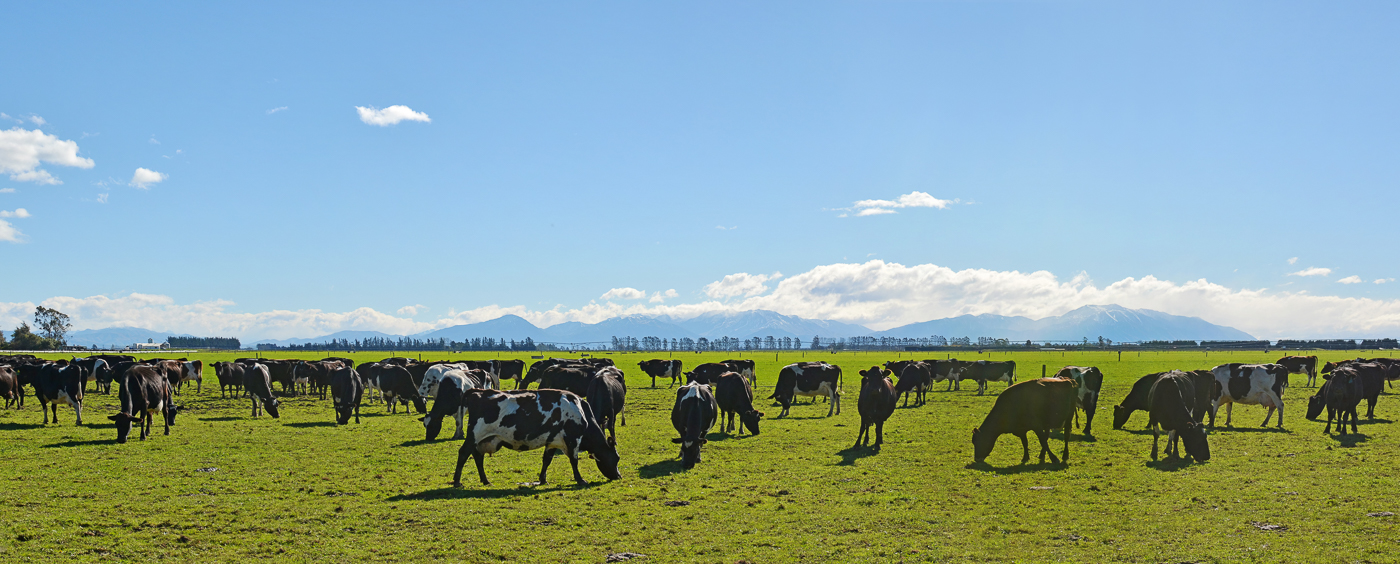
What a question, extremely exciting. Is the perfect diet the most milk, the greatest profit, the best in-calf rate, the perfect dung, the healthiest cow?
It brings back memories of us shovelling out silos of mixed grain to achieve better results, only to find the feed lodged and needed shovelling daily. We also made up a particularly good but cheap alternative to palm kernel – all was going well until we went to pump out the effluent and the small amount of fibre in the dung blocked the pivot. Both feeds achieved a healthy cow that produced very profitable milk, but the unintended consequences were not so cost-effective.
There was a human cost in a large amount of extra labour. Both issues could have been averted with extra capital being spent, but there would have been no immediate profit. There is no free lunch, and what seems too good to be true often is. But as farmers we must continue to try new things, take chances – to continue with the same practices all the time is not progress, and is very boring. We tend to forget the innovation that works because it just becomes normal.
This brings me back to the perfect diet – does it include environmental issues? In the winter, how long should a cow be on a pad in a barn, on grass, or crop? Do we feed a diet that has low protein to reduce nitrates, what are the environmental rules, what does our conscience tell us to do? We must be profitable. To be in the green (environmentally), we must be in the black (financially). There are many products we can buy that can reduce environmental issues in the feed, or we can use the basics; an efficient balanced diet that gets the most milk per kilo of feed eaten.
We tend to forget the innovation that works because it just becomes normal.
The next questions are: what feeds do we have available, what feeds are we allowed (GM feeds can have problems for our markets) and are we better off sourcing them locally? What infrastructure do we have to feed out with? Very expensive targeted feeds are better fed in the cowshed via individual cow ID and individual feeding, while we can also feed different amounts to targeted groups. Feed pads can also be used for groups but the feed distribution is less controlled.
To feed in the paddock we need to look at wastage – this can be of the supplementary feed itself, but also in the form of pasture damage in the feeding area. To waste feed has a massive impact on its profitability, and the ability of the animals to sort the feed they want and waste the rest does not help. Think of children having their dessert and mains served at the same time.
The perfect diet for a cow would be balanced to its stage in lactation, taking into account all of the above. But on 99% of farms, it must also fit the grazing system. Grass must be harvested first, and then we can work from there.
So, in conclusion, and most importantly, what does the farmer want, what infrastructure does the farm have, and what is the skills base of the farm team?
We at the CFDE work with every individual farmer to get the best diet based on their particular situation. Every farm and farmer is different.
By Jeff Gould – Centre for Dairy Excellence